Tony Gaddis - Starting Out with Python, 4th Edition
Here you can read online Tony Gaddis - Starting Out with Python, 4th Edition full text of the book (entire story) in english for free. Download pdf and epub, get meaning, cover and reviews about this ebook. year: 2017, publisher: Pearson, genre: Home and family. Description of the work, (preface) as well as reviews are available. Best literature library LitArk.com created for fans of good reading and offers a wide selection of genres:
Romance novel
Science fiction
Adventure
Detective
Science
History
Home and family
Prose
Art
Politics
Computer
Non-fiction
Religion
Business
Children
Humor
Choose a favorite category and find really read worthwhile books. Enjoy immersion in the world of imagination, feel the emotions of the characters or learn something new for yourself, make an fascinating discovery.
- Book:Starting Out with Python, 4th Edition
- Author:
- Publisher:Pearson
- Genre:
- Year:2017
- Rating:3 / 5
- Favourites:Add to favourites
- Your mark:
Starting Out with Python, 4th Edition: summary, description and annotation
We offer to read an annotation, description, summary or preface (depends on what the author of the book "Starting Out with Python, 4th Edition" wrote himself). If you haven't found the necessary information about the book — write in the comments, we will try to find it.
For courses in Python programming.
A clear and student-friendly introduction to the fundamentals of Python
In * Starting Out with Python, *4th Edition, Tony Gaddis accessible coverage introduces students to the basics of programming in a high level language. Python, an easy-to-learn and increasingly popular object-oriented language, allows readers to become comfortable with the fundamentals of programming without the troublesome syntax that can be challenging for novices. With the knowledge acquired using Python, students gain confidence in their skills and learn to recognize the logic behind developing high-quality programs. Starting Out with Python discusses control structures, functions, arrays, and pointers before objects and classes. As with all Gaddis texts, clear and easy-to-read code listings, concise and practical real-world examples, focused explanations, and an abundance of exercises appear in every chapter. Updates to the 4th Edition include revised, improved problems throughout, and new Turtle Graphics sections that provide flexibility as assignable, optional material.
Also Available with MyLab Programming.
MyLab Programming is an online learning system designed to engage students and improve results. MyLab Programming consists of programming exercises correlated to the concepts and objectives in this book. Through practice exercises and immediate, personalized feedback, MyLab Programming improves the programming competence of beginning students who often struggle with the basic concepts of programming languages.
Note: You are purchasing a standalone product; MyLab Programming does not come packaged with this content. Students, if interested in purchasing this title with MyLab Programming, ask your instructor for the correct package ISBN and Course ID. Instructors, contact your Pearson representative for more information.
If you would like to purchase both the physical text and MyLab Programming, search for:
0134543661 / 9780134543666 Starting Out with Python Plus MyLab Programming with Pearson eText -- Access Card Package, 4/e
Package consists of:
- 0134444329 / 9780134444321 Starting Out with Python
- 0134484967 / 9780134484969 MyLab Programming with Pearson eText -- Access Code Card -- for Starting Out with Python
Students can use the URL and phone number below to help answer their questions:
http://247pearsoned.custhelp.com/app/home
800-677-6337
Tony Gaddis: author's other books
Who wrote Starting Out with Python, 4th Edition? Find out the surname, the name of the author of the book and a list of all author's works by series.

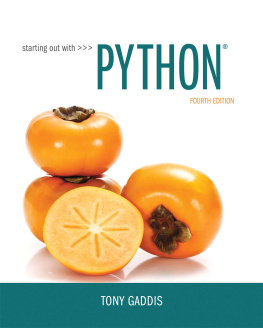
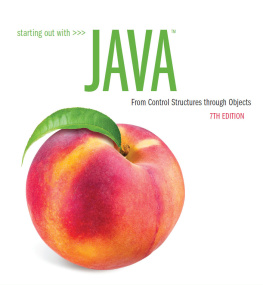
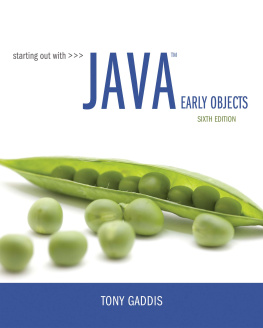
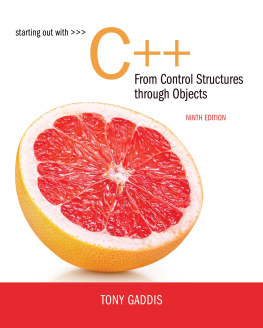
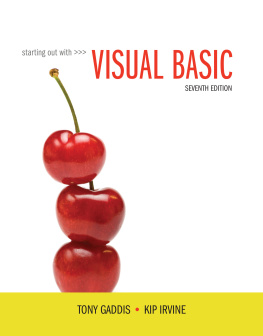
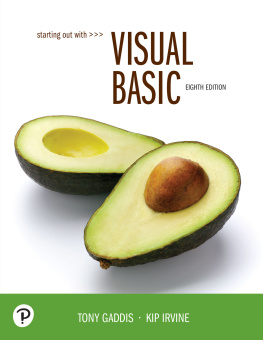

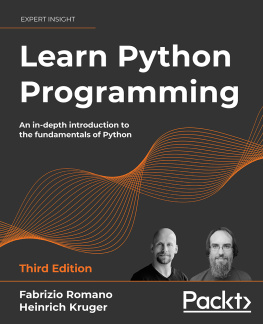
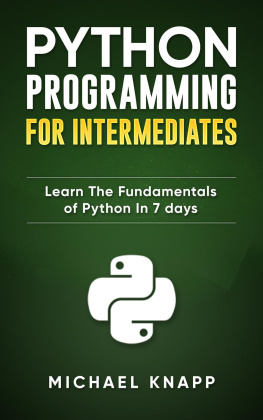
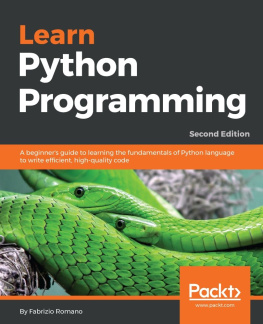
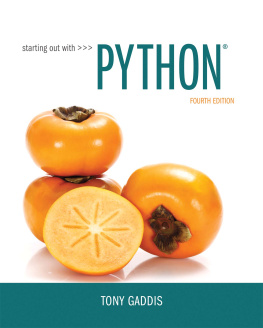

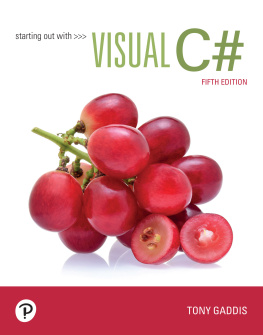
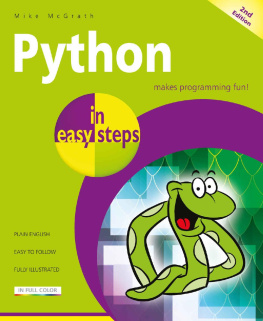
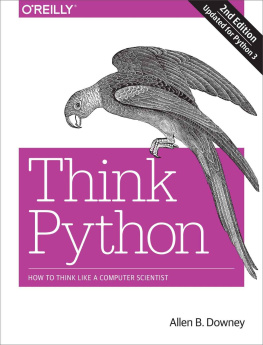
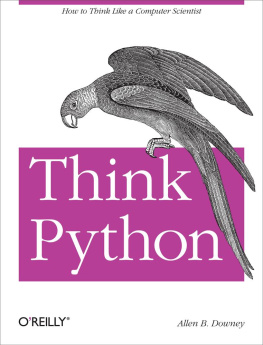


 Location of Videonotes in the Text
Location of Videonotes in the Text